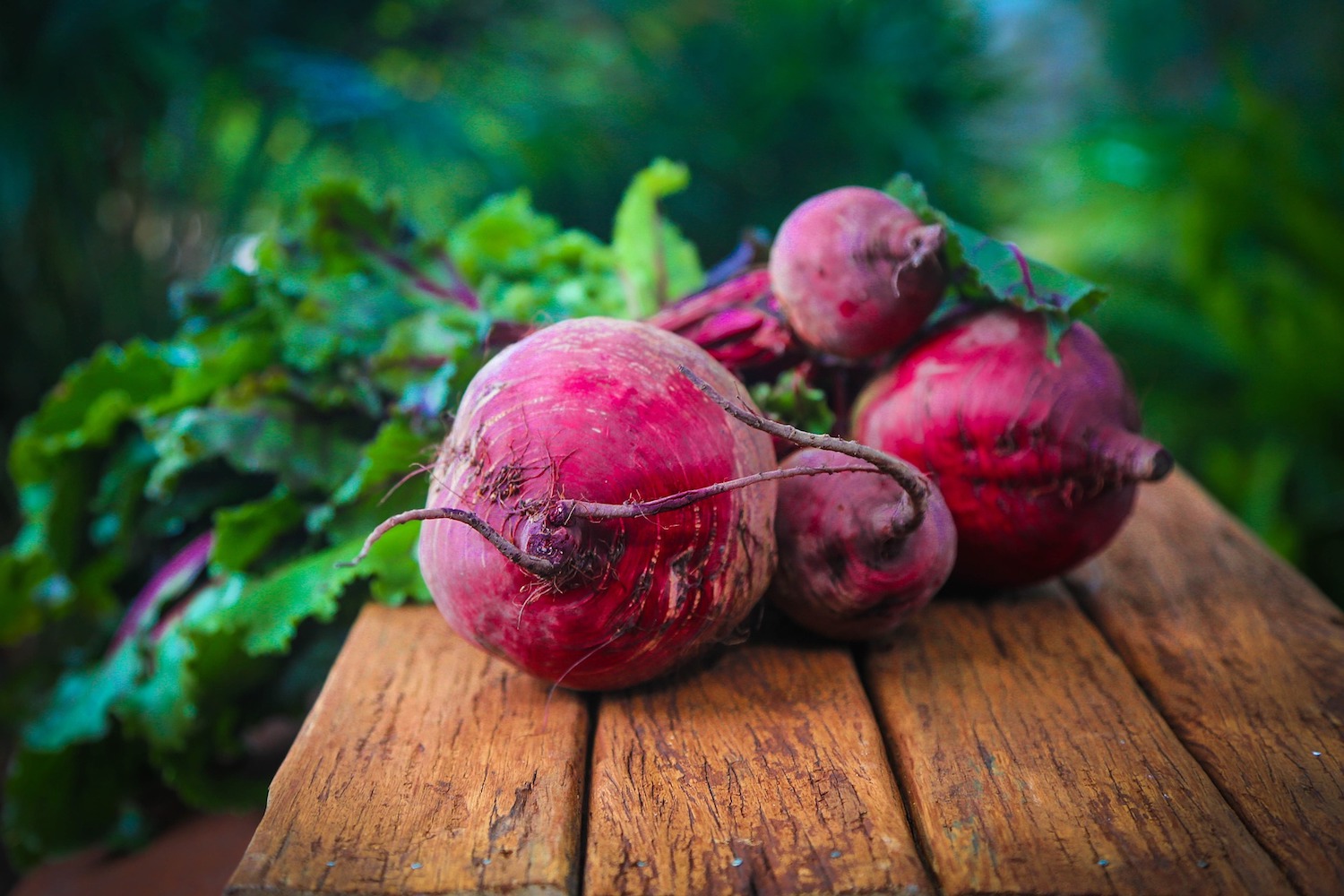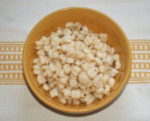
Interesting Beet (Beetroot) Recipes
Beets (also called beetroots) were an important root crop in the 1800s. They kept well during the winter, were nutritious, and provided color to a meal. Beet tops (greens) and stalks were also cooked, but only when fresh.
I had only eaten canned pickled beets until recently. A friend baked some beets that were drizzled with olive oil and I liked them. The beet recipes below also sound interesting, especially the Beetroot Fritters.
INFORMATION BELOW FROM 1800s COOKBOOKS
SELECTING BEETS
Select young red beets and cut off the tops half an inch from the root. If cut too close, the roots will bleed and the color will be impaired. Wash and clean carefully with a brush to remove all particles of dirt.
BEET GREENS
Cut off the tips of leaves but do not separate the roots from the leaves. Wash the beet tops, cleaning thoroughly and looking over carefully to see that no bugs or worms remain. Drain and boil in salted water till tender. Drain, chop fine, season with butter or oil, and serve with lemon juice or cream.
BEET STALKS WITH BUTTER SAUCE
Take some beet stalks, cut off the leaves and wash thoroughly. Tie in bunches and let them steep in cold water two or three hours to make them fresh and crisp. Boil in salted water until tender. Cut the band and serve as asparagus on a platter with butter sauce.
BEETROOT SOUP
This soup is better adapted to the German palate than the English, as it contains both vinegar and sugar, which are very characteristic of German cookery. Take two large beetroots and two good-sized onions. Peel both and boil until tender. When done, mince them finely, adding them back to the water in which they were boiled, or still better, they can be boiled in some sort of stock. Add a very small quantity of cornflour to give a slight consistency to the soup, as well as a little pinch of thyme. Next add two tablespoons of vinegar, a spoon of brown sugar, and a little pepper and salt. Stir thoroughly, simmer a few minutes, and serve.
CREAM OF BEETS
Take four cold, boiled beets and grate them. Dissolve a teaspoon of beef extract in one pint of boiling water. Add it to the beets, and when they reach the boiling point, add one pint of hot milk. Stir in a tablespoon of butter, a palatable seasoning of salt, and when it reaches the boiling point, add a tablespoon of arrowroot* dissolved in two tablespoons of cold water. Bring to boiling point again, and serve.
*arrowroot – a starch made from the rootstock (rhizomes) of several varieties of tropical plants.
STUFFED BEETS
Boil new beets of even size until tender. Cover with vinegar and set aside for some hours or overnight. When ready to serve, rub off the skin, cut off the top and scoop out the center of each to form a cup. For each five cups, chop fine a cucumber. Make a French dressing of two tablespoons of oil, half a tablespoon of vinegar, and one-fourth teaspoon each of paprika and salt. Stir the dressing into the cucumber and fill the beets with the mixture. Of the beet removed to form the cups, cut slices and cut into fanciful shapes to decorate the top of each cup. Arrange the cups on lettuce leaves and serve. Chopped radish, cress, olives or celery are all admissible for a filling.
PICKLED BEETROOT
Boil the roots till three parts done, or set them into a cool oven till they are softened. Cut them into slices of an inch thick, cover them with vinegar, adding some allspice, a few cloves, a little mace, black pepper, horseradish sliced, some onions, shallots, a little pounded ginger, and some salt. Boil these ingredients together twenty minutes, and when cold, add to them a little bruised cochineal.* Put the slices of beet into jars, pour the pickle upon them, and tie the jars down close.
*cochineal – a red dye for coloring foods made of the dried and pulverized bodies of female cochineal insects.
BEETROOT FRITTERS
Cut a boiled, peeled beetroot into small dice. Make a batter with one egg, two tablespoons wheatmeal, one gill* of milk, pepper and salt, and a little lemon juice to taste. Let some butter or oil boil in the frying-pan. Drop the batter by spoonfuls into the boiling fat, fry a golden brown, and serve the fritters with vegetables and brown sauce.
*gill/jill – a liquid measurement; four ounces in the U.S. and five ounces in the U.K.
BROWN SAUCE
Brown two tablespoons of flour in butter. Add two cups of milk or cream and cook until thick, stirring constantly. Season to taste.
FRIED BEETROOT (A Breakfast Dish)
Peel one medium-sized beetroot, and cut into slices about one-fourth inch thick. Dissolve two ounces butter in a frying pan, place in the beetroot and fry for 20 minutes, sprinkling each slice on both sides with pepper and salt to taste. When done, arrange the slices on a hot dish. Set the frying pan on the fire again, stir in two teaspoons flour, thoroughly mixing it with the butter, and fry for a couple of minutes, stirring all the time. Then pour in one tablespoon water and two tablespoons vinegar. Stir until quite smooth, pour over the beetroot and serve quickly.
BAKED BEETROOT
Beets retain their sugary, delicate flavor to perfection if they are baked instead of boiled. Select young, smooth, red beets of uniform size, wash and clean thoroughly. Beets may be baked in a covered baking dish or on the open grate of an oven. A slow fire produces the best results, and as a rule it will take four or five hours to bake good-sized beets. Turn them frequently while in the oven, using a knife, as the fork allows the juice to run out. Bake until they are soft when pressed with thumb and finger. When done, remove the skins and dress with lemon juice or cream sauce, or merely with salt, pepper, and butter.
PRESERVE BEETROOT
To preserve beetroot for winter use, they should not be cleared from the earth, but kept in layers of dry sand.
=================================================
Do you have any favorite ways to cook beets? Please leave a comment below.
=================================================



